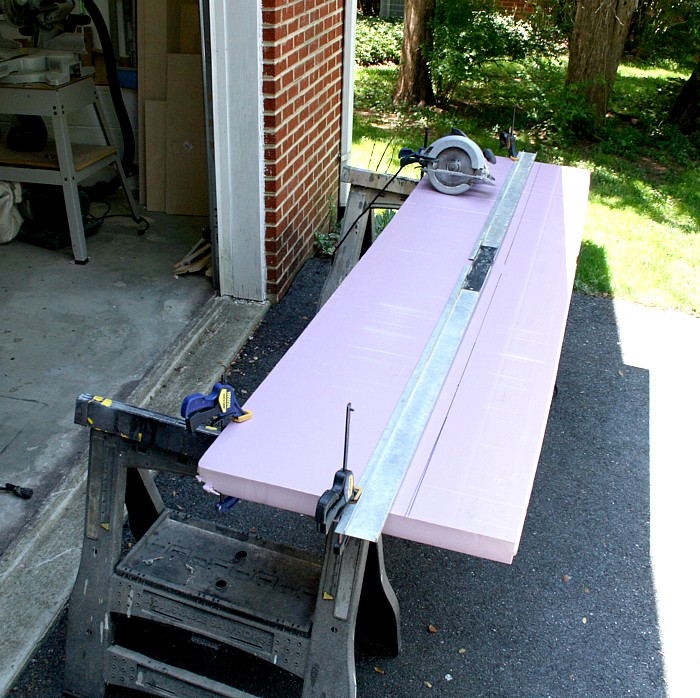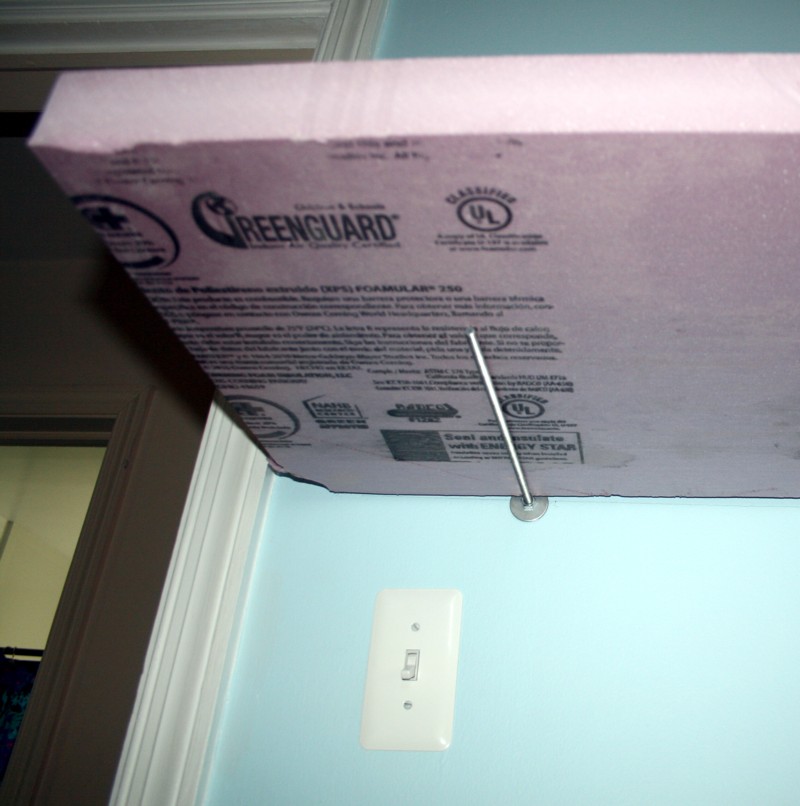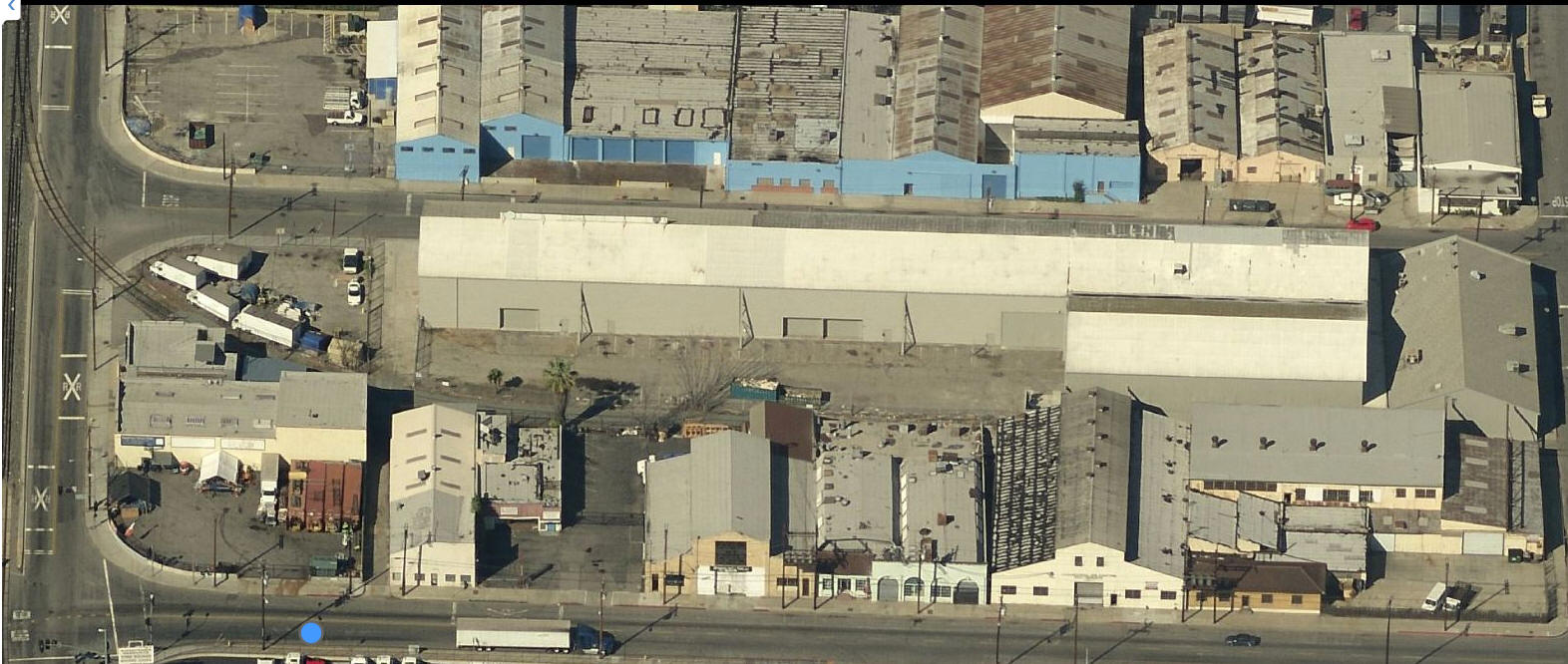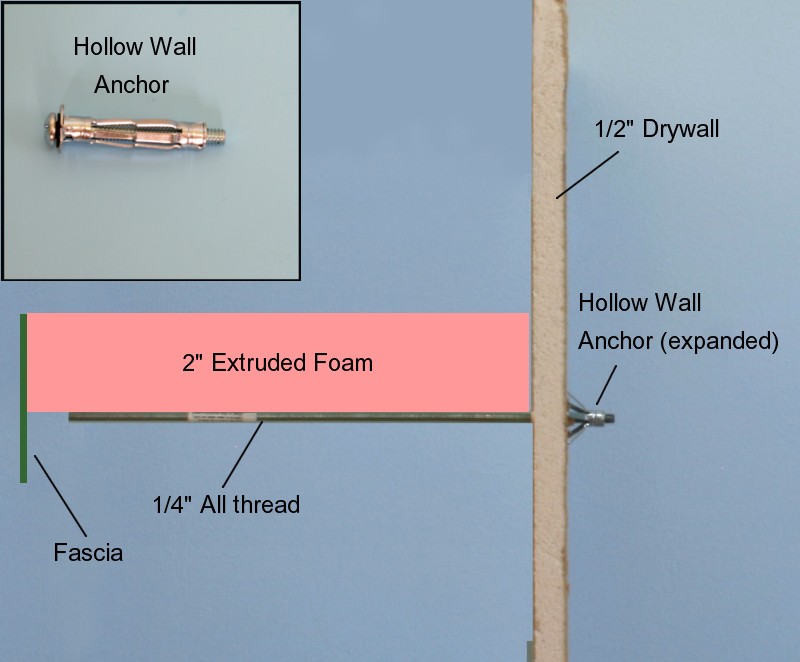Effectively applying ballast glue is a challenge at best. The more powdery soils and small gauge products even more so. The problem comes with application of the adhesive, specifically the surface tension of the liquid. Agents such as alcohol and dish soap help slightly but there is always an ongoing battle to minimize craters and channels created by applying the glue with an eye dropper or bottle. Ballast “float” is also a pain in the butt. I’ve always wondered if the problem could be solved if a powdered glue was mixed with the ballast before application. I picked up some Dap Plastic Resin Glue from The Home Depot to run a test. I mixed the powder into some N scale ballast at a rough ratio of 1:5 and spread it some N scale track. Next, I took a fine mister bottle, filled it with water and rubbing alcohol, and misted it onto the ballast/glue blend. I let it dry and, voila, it worked! It seems very solid and I haven’t noticed any major discoloration, shrinkage, or cracks. The bond is VERY strong. I haven’t experimented with the best glue/soil ratio although if 1:5 works I’m not sure it warrants a lot of testing time. This adhesive method would be particular helpful for large surface areas of fine blends such as soil patches and gravel roads.




